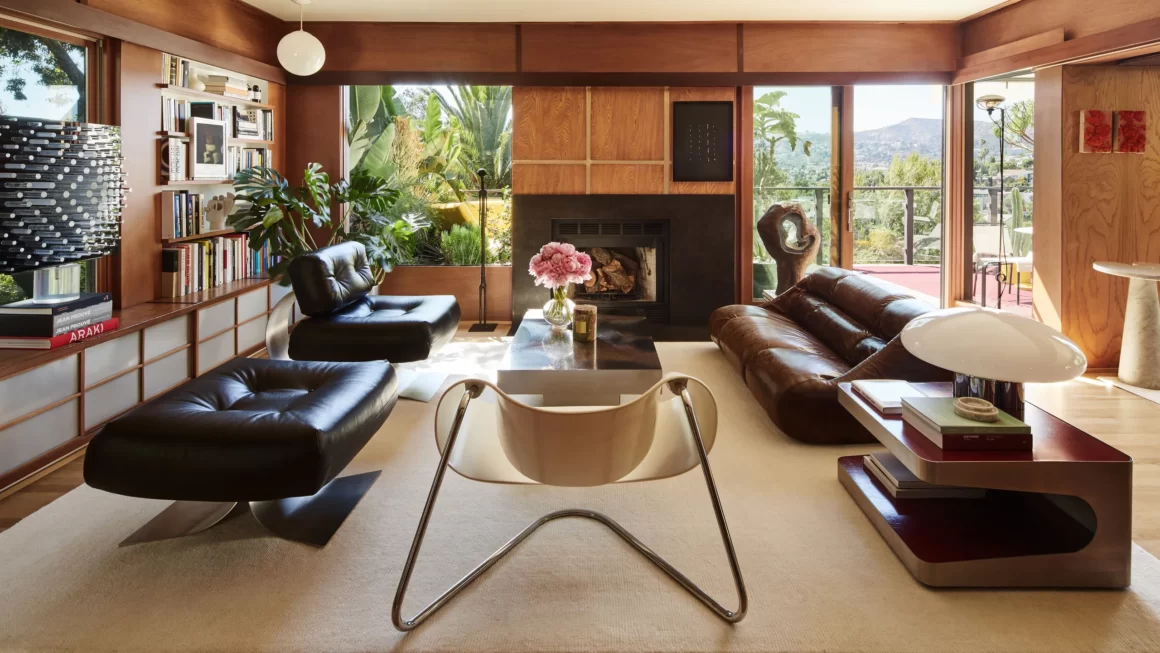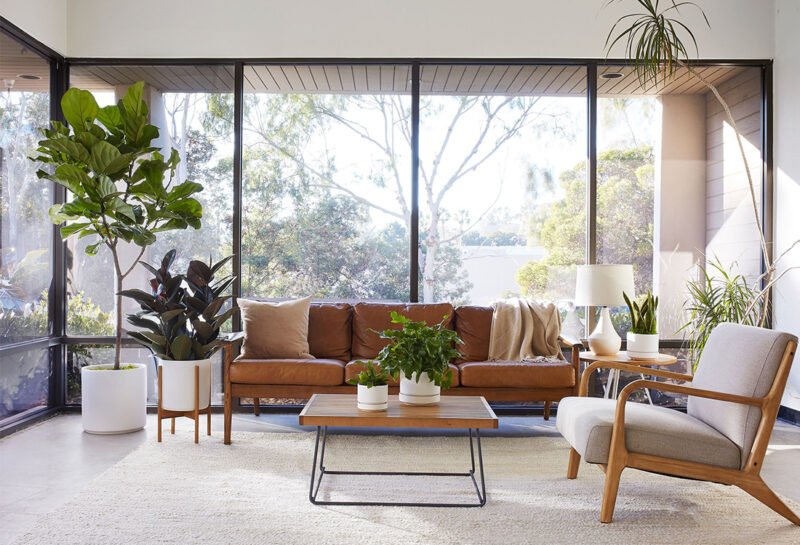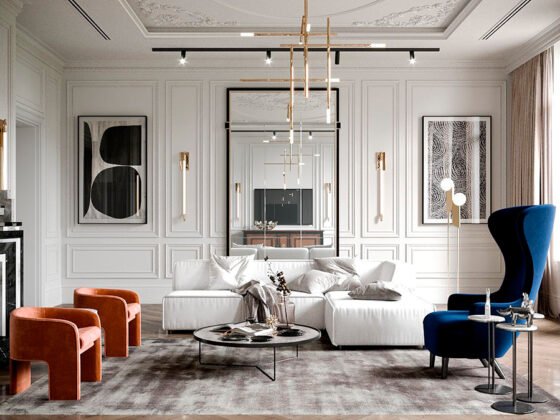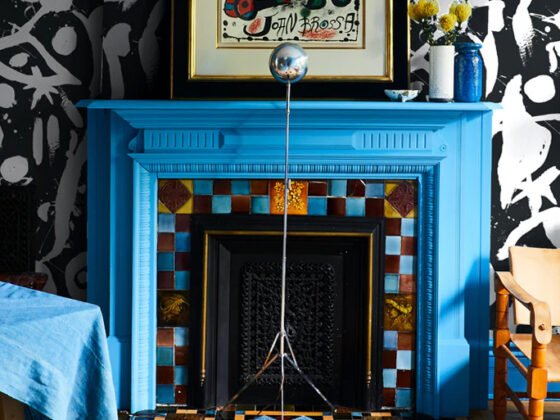Midcentury modern interior design is a celebrated design style that emerged in the middle of the 20th century and continues to be admired for its timeless appeal and innovative approach to interiors. Marked by clean lines, organic shapes, and a fusion of form and function, midcentury modern design has become a beloved and enduring aesthetic.

Homes equipped in this way are usually minimalistic, unassuming and seem to lack decorative details. However, the captivating allure is born not from an abundance of diverse details but rather from their distinctive nature, with a well-crafted contrast between strict geometric forms and intriguing abstraction, even incorporating elements of asymmetry. Furthermore, the modern essence within this interior design is intrinsically linked with order and everyday comfort, placing a strong emphasis on the functionality and practicality of each element.

Key Features of Midcentury Modern Interior Design
- Clean Lines and Minimalism: Midcentury modern design is characterized by clean, uncluttered lines. Furniture, architectural elements, and decor all prioritize simplicity, resulting in a clutter-free and visually pleasing environment. This minimalistic approach creates a sense of openness and simplicity in living spaces.
- Organic Shapes and Natural Materials: Midcentury design emphasizes organic shapes, often with a focus on embracing nature. Furniture and decor frequently feature rounded or curvilinear forms, connecting the indoors with the outdoors. The use of natural materials such as wood, particularly teak, walnut, and rosewood, adds warmth and authenticity to the design.
- Iconic Furniture Pieces: Midcentury modern interior design boasts a collection of iconic furniture pieces designed by visionaries like Charles and Ray Eames, Eero Saarinen, and George Nelson. These timeless creations include classics such as the Eames Lounge Chair, the Saarinen Tulip Table, and the Noguchi Coffee Table, which continue to captivate design enthusiasts with their functionality and aesthetics.
- Open Layouts and Large Windows: Midcentury modern homes often feature open floor plans with fluid transitions between spaces. The extensive use of large windows, sliding glass doors, and clerestory windows blurs the boundaries between the interior and exterior, allowing an abundance of natural light to flow in and offering a connection to the surrounding landscape.
- Bold Use of Color: Midcentury design is known for its playful use of color. While many midcentury interiors favor neutral palettes, bold and vibrant colors like avocado green, mustard yellow, and burnt orange are often used to create focal points and add character to the space.
- Statement Lighting: Lighting plays a crucial role in midcentury interiors. Iconic fixtures such as Sputnik chandeliers, globe pendant lights, and tripod floor lamps add a touch of sophistication and often serve as central design elements.
- Functionality and Innovation: Midcentury designers believed in the marriage of form and function. As a result, furniture and decor are not just visually appealing but highly functional. This design ethos aligns perfectly with contemporary living, where practicality remains essential.
- Retro Décor: Midcentury modern interiors frequently incorporate retro decor elements like sunburst mirrors, abstract wall art, and shag rugs, lending a nostalgic touch to the design.

The Timeless Allure of Midcentury Modern Interior Design
The enduring popularity of midcentury modern design can be attributed to its ability to transcend the confines of time and remain a relevant choice for modern living. Its clean, uncluttered lines and emphasis on natural materials make it an appealing option in today’s fast-paced and often chaotic world.

Moreover, midcentury modern design beautifully complements contemporary architecture. Its minimalist aesthetic and functional approach to design make it a versatile style suitable for a wide range of homes. This adaptability, combined with the style’s focus on timeless aesthetics, creates a winning combination for homeowners and interior designers.
In conclusion, midcentury modern interior design stands as a testament to the enduring allure of simplicity and innovation in the world of interior aesthetics. Its clean lines, connection to nature, iconic furniture pieces, and functionality continue to captivate those who appreciate design that transcends trends. Midcentury modern design not only offers a sense of timelessness but also a harmonious blend of form and function, making it a classic choice for those seeking a timeless and elegant interior environment.










